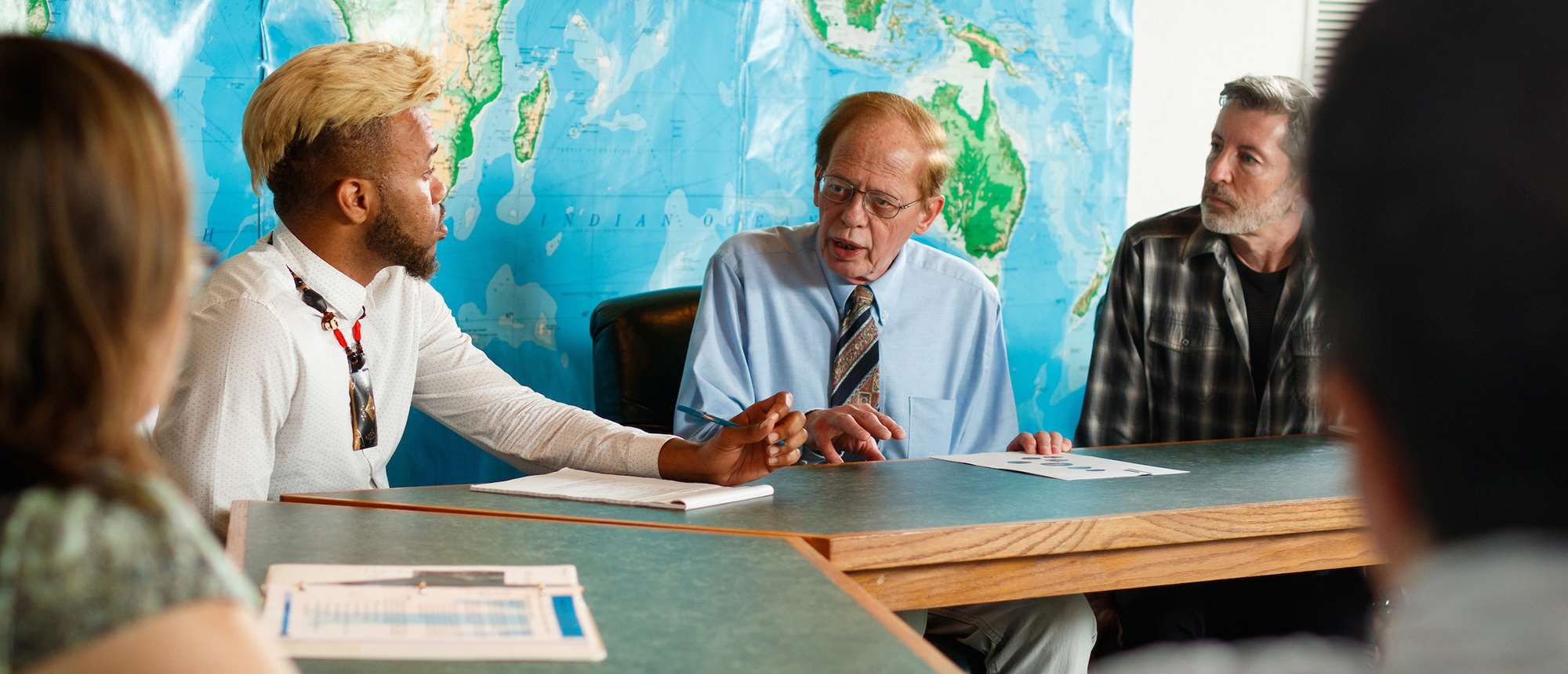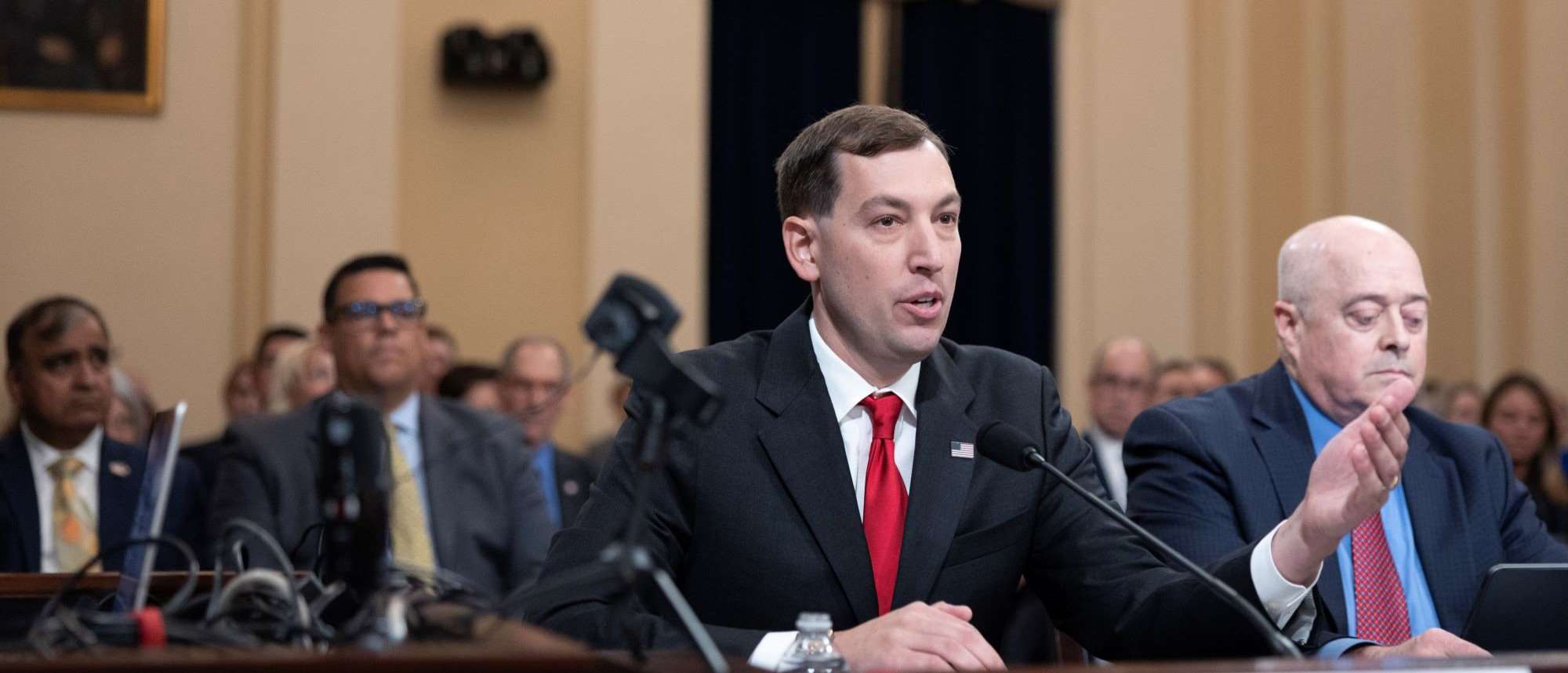A Legacy of Leadership in AIDS Intervention Research

An interest in AIDS intervention research showed up early in the career of Jeffrey A. Kelly, PhD, professor of psychiatry and behavioral medicine at the Medical College of Wisconsin (MCW).
A psychologist in Jackson, Mississippi, in the mid-1980s, Dr. Kelly witnessed the first cases of AIDS arriving at the medical center where he worked. It was eye-opening to him – as a psychologist and as a gay man.
“People were initially calling it ‘Gay-Related Infectious Disease,’ and providers were coming in the patients’ rooms wearing HAZMAT suits. It was inhumane and created terrible stigma,” says Dr. Kelly, who established MCW’s Center for AIDS Intervention Research or CAIR (now the Center for Community Health and Intervention Research) in 1990 and served as its director until July 1, 2025.
Dr. Kelly tested this theory about the discrimination surrounding AIDS and HIV by noting how people responded to stories about a variety of male patients. He quickly learned that if the patient was portrayed in a story as having a wife and cancer, others were much more sympathetic than if the patient had a male partner and AIDS. He decided soon after to give up his clinical practice to conduct research on how to prevent HIV and help people living with the disease.
“I wanted to develop approaches that could change the trajectory and the course of HIV,” he says. “This was bigger than we thought, and the gay community was petrified. I wanted to apply what I knew to help.”
Slowing the Spread of HIV
Dr. Kelly received an initial grant in 1985 to develop group sessions with gay men in Jackson to help them learn about HIV and how to reduce their risky behavior. It was the first published report of an HIV prevention intervention program in the US.
“People in those group sessions were thirsty for information,” Dr. Kelly says. “But there was a lot of stigma surrounding it. I tried to impress upon the participants that they were worthy of good health regardless of what others say.”
Some of Dr. Kelly’s greatest contributions to research and healthcare originated from observations he made in the community, and the origins of his use of the Popular Opinion Leader model followed such a path.
In the 1980s, bars were communities where gay men could socialize freely. Dr. Kelly observed that there were different groups of people throughout the bar space, and each group had certain people who others were more willing to listen to.
A lightbulb went off, and he saw social networks as a powerful tool for what he hoped to accomplish. The Popular Opinion Leader model would become the cornerstone of his life’s work and eventually led to him being considered one of the world’s leading authorities on behavioral research with populations at high-risk for HIV exposure.
Social Strategies to Address AIDS Prevention
Dr. Kelly made eight trips to MCW before accepting the position at CAIR. He immediately liked MCW but wanted to make sure the institution was ok with what he and his team would be doing, as some of it would be considered controversial at the time.
Some of the activities he thought would be controversial included going out into the community to find, recruit and train opinion leaders in the communities where there was a higher risk for HIV – the gay community, the homeless, women in inner-city housing, injection drug users, those with mental illness and young people in low-income housing.
“We wanted to find and meet the people who were considered opinion leaders for these groups and help them to understand the issues – and let them know they were in a position to change and save lives because they were trusted,” Dr. Kelly says. “But we also wanted to learn about what was important to them. Learn about what community members wanted us to do.”
Since those early days, he and the center team have honed and fine-tuned their Popular Opinion Leader model and become experts in HIV prevention behavioral research. They applied it to programs in rural towns around Wisconsin, shared it with HIV prevention leaders in every state, and eventually expanded out to 88 different countries around the world. This last step was significant, as 96% of AIDS cases are outside the US.
“Our work is meant to directly help people, but the people on the front lines didn’t have access to the journals, so we studied how to get our findings into the hands of the providers. We learned how to transform the findings into programs that were more effective than what was being done at the time,” Dr. Kelly says. “We served as a conduit for getting information out to AIDS organizations so they could perform evidence-based interventions into their communities. This required forming teams with people who speak the language to convey the message.”
Applying Lessons to Widespread Prevention Approaches
During those early years, AIDS was considered a death sentence. There was a 12-page gay community newspaper in Milwaukee, and 11 of the pages were obituaries of people under 30, recalls Dr. Kelly.
Advancements in care, a reduction in stigma and increased access to prevention methods like condoms and Pre-exposure prophylaxis (PrEP), a medication that can prevent contracting the disease among people who have not yet been exposed, means that now people who are diagnosed early, get care and have a low viral load can lead a long and normal life.
Because of these advancements and the success Dr. Kelly and his team have had, CAIR has expanded its efforts. Another motivating factor is that community interactions have changed; people interact with their communities more on social media than in person.
Starting with the COVID-19 pandemic in 2020, the center’s team began applying lessons learned in its long history of successful HIV prevention research to also implement, evaluate, and disseminate behavioral, social and structural interventions to combat other health conditions, including mental and behavioral health, LGBTQ+ health, substance use, hypertension and other chronic diseases.
Dr. Kelly is thankful for the many people on his team through the years who have “done so much of the work to make the successes possible.” He also is thankful for the many community organizations he has worked with over the years – organizations who welcomed the opportunity to collaborate to help these vulnerable populations, and who continue to provide much-needed services.
“Coming to MCW and Milwaukee was the wisest decision I ever made in my career,” Dr. Kelly says. “I have been unbelievably fortunate to be able to chart a course that benefits the disenfranchised in society and empowers them to improve their health. Having this as my career is an honor.”



